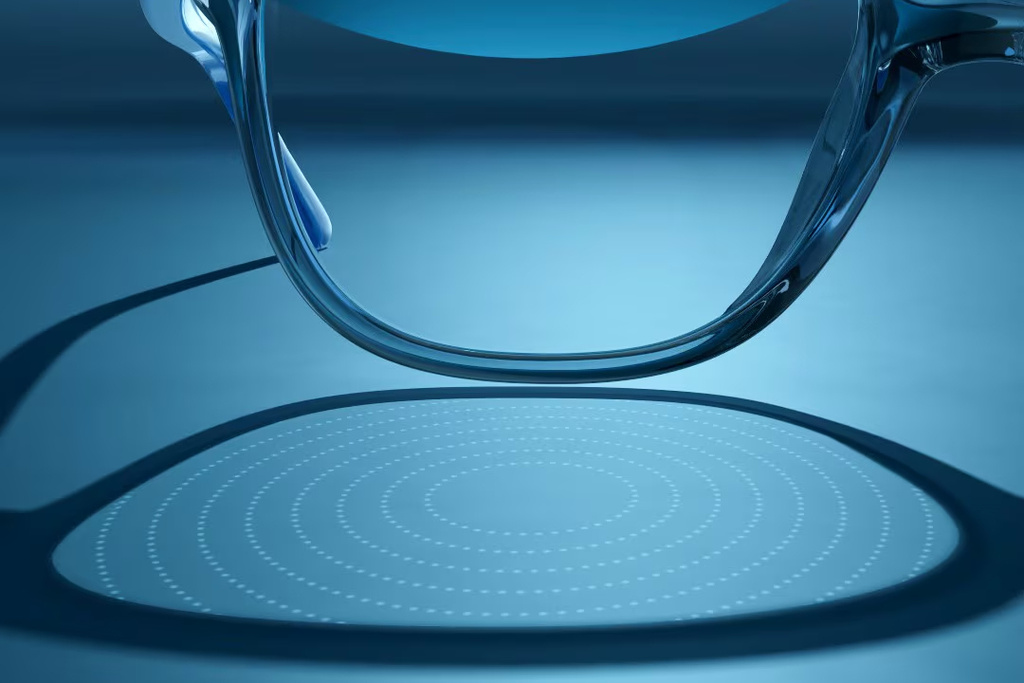One thing about humans: We've always loved a good punch to the face. (Via Library of Congress)
But did we actually evolve for throwing and getting hit by haymakers? Two scientists from the University of Utah say yes, and that our male ancestors' faces were uniquely good at taking punches.
The study, published in Biological Reviews, looked at hospital data to figure out which parts of the face are most likely to get injured during a fight.
They learned the nose, cheek, jaw and eye socket are hit hardest by getting hit hard.
Turns out, those are the same bones that are reinforced or protected in the males of a 4 million-year-old branch of humanoids called australopiths. (Via Wikimedia Commons / Brett Eloff, Durova)
The researchers say modern humans males aren't as well-adapted for getting hit, but we're not as strong as the australopiths were, either, so it evens out.
The study's authors have delved into this line of research before. In 2012, they showed that the human fist is a relatively stable and effective weapon and put forward the idea that fighting shaped the human hand. (Via Journal of Experimental Biology)
But that idea proved controversial. The dominant theory is that human hands evolved to be good at using tools, and it's just a lucky coincidence they can also serve as face bashers.
One science writer said the hand study, which was widely reported, was well done, but the interpretation was pure speculation. "Going from one to the other is like showing that computers are good at surfing the Web, and suggesting that this is what they were invented to do." (Via National Geographic)
The authors defended that study saying their fighting theory was just as likely as the tool theory and that both probably played a role. One of them told the BBC the new study provides even more evidence. (Via Journal of Experimental Biology)
"The evidence is consistent: the evolution of hand proportions that allowed the formation of a fist with the evolution of protective buttressing in the face."
The new study is also bound to be controversial. The widely accepted theory is that the bones in australopiths' faces were adapted for chewing dense food. But at least now we know they could take a hit, too.











